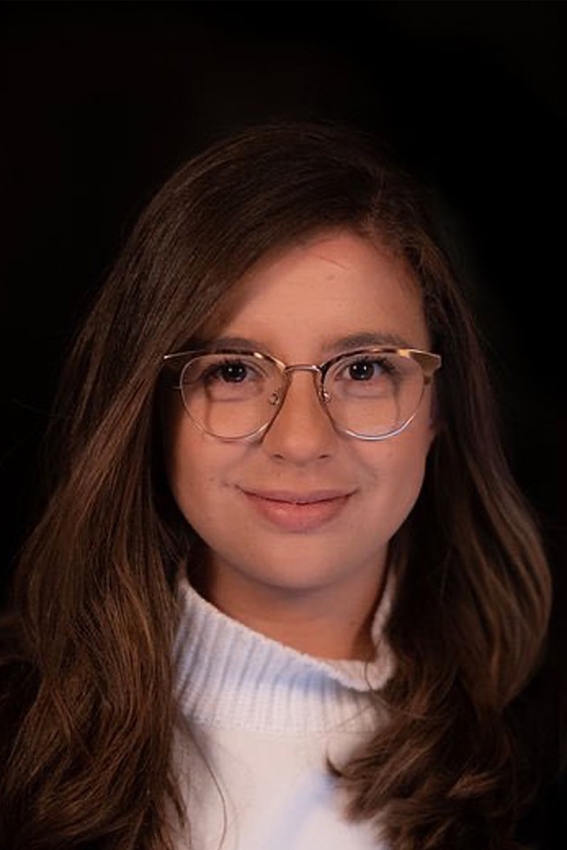EASYGO ITN
Efficiency and Safety in Geothermal Operations

EASYGO ITN
Efficiency and Safety in Geothermal Operations- European Union’s Horizon 2020 research and innovation programme under the Marie Skłodowska-Curie grant agreement No 956965
- 2020/11
- 4 years
- In progress
Geothermal energy will play a key role in the energy transition as part of mitigating climate change. But how to operate a geothermal system in the most efficient and safe manner? This is the most important and urgent question after a geothermal resource has been identified. EASYGO will answer that question from different perspectives, integrating geology, geophysics, geochemistry, advanced modelling and process engineering. All research is aligned with two key research questions:
-
How do we run geothermal systems efficiently?
-
How do we run geothermal systems safely?
Within the ITN EASYGO, funded by the European Commission, the IDEA League universities TU Delft (TUD), ETH Zurich(ETH), RWTH Aachen University (RWTH), Politecnico di Milano (PoliMi), and 10 industry partners are addressing this question from different perspectives, integrating geology, geophysics, geochemistry, advanced modeling, and process engineering.
GIM is involved in the following projects:
Project: Geometry-based joint geological-geophysical inversion
Host Institutions: RWTH Aachen University, ETH Zurich, Geophysica mbH, Fraunhofer IEG
Supervisory Team: Florian Wagner, Hansruedi Maurer, Florian Wellmann, Renate Pechnig
Start date: 2021/03/15
Early Career Researcher: Andrea Balza Morales
Research objective
Imaging of geological structures with sharp parameter changes across layer boundaries is challenging using conventional smoothness-constrained inversion of geophysical data sets. Advanced regularization approaches consider constant geostatistical properties throughout the parameter domain and therefore fail to capture the complexity of 3D geological models including fault networks, fault–surface interactions, unconformities, and dome structures. In this project, we evaluate structure-based inversion using an implicit potential-field interpolation approach for an optimized representation of complex 3D reservoir models with low parametrizations. This implementation has the potential to significantly improve reservoir models and associated process simulations.
Project: Novel geophysical monitoring options of CO2 injections
Host Institutions: ETH Zurich, RWTH Aachen University, TU Delft, Nagra
Supervisory Team: Hansruedi Maurer, Florian Wagner, Evert Slob, Edgar Manukyan
Start date: 2021/06/01
Early Career Researcher: Hagen Söding
Research objective
Knowledge of the actual state of a geothermal reservoir is of vital importance for its safety and efficiency. Traditional borehole monitoring systems have limited spatial resolution. Geophysical techniques allow characterizing and monitoring of the physical subsurface properties at larger distances away from boreholes. We propose to develop novel imaging and monitoring techniques. We will focus on wave-based methods, but we will consider potential and diffusive field techniques. We will focus on monitoring of CO2 plumes originating from injections in Enhanced Geothermal Systems. We will study possibilities and limitations with numerical simulations and will validate our findings with suitable field tests in the Bedretto Underground Laboratory.
Back to project overview
